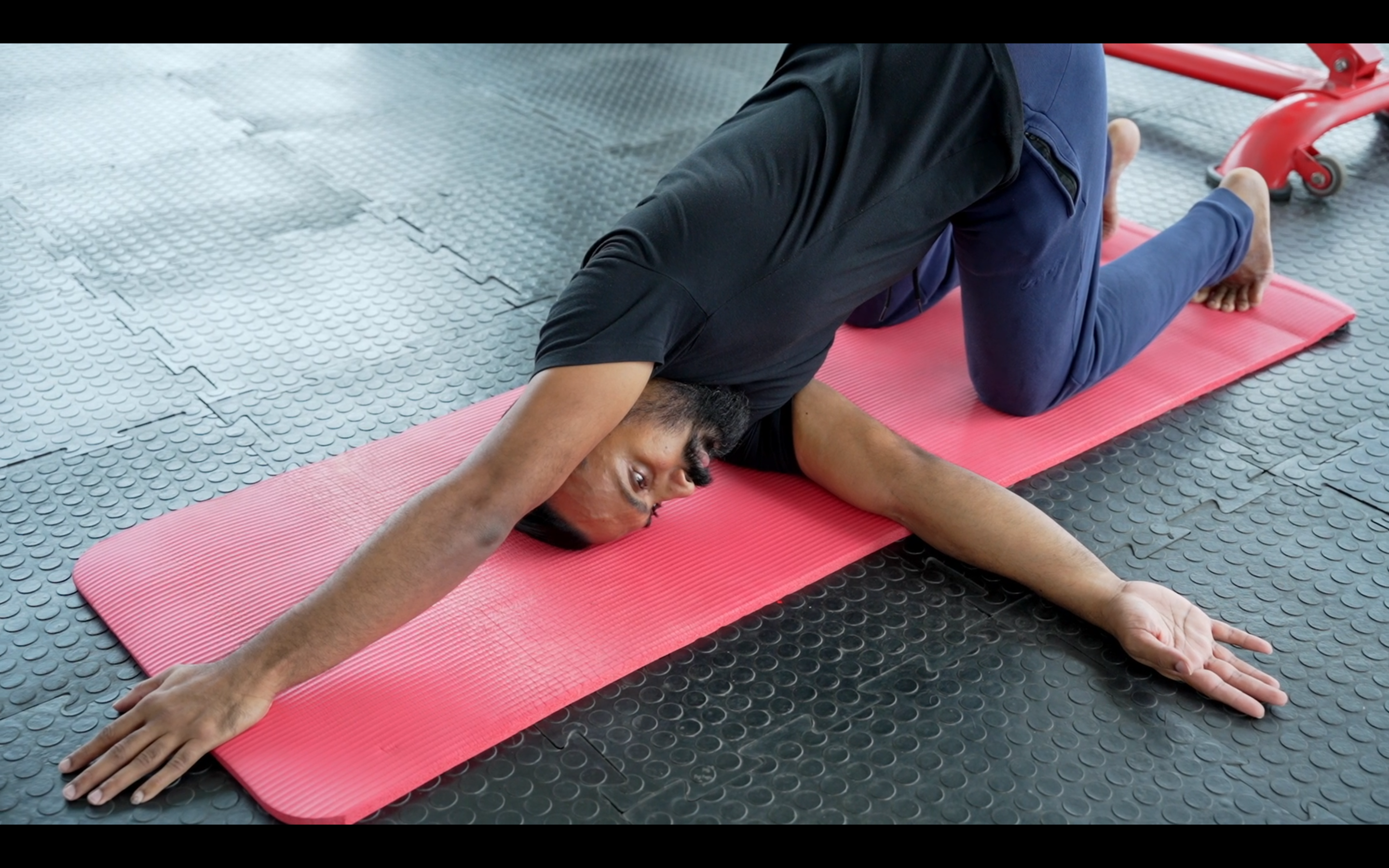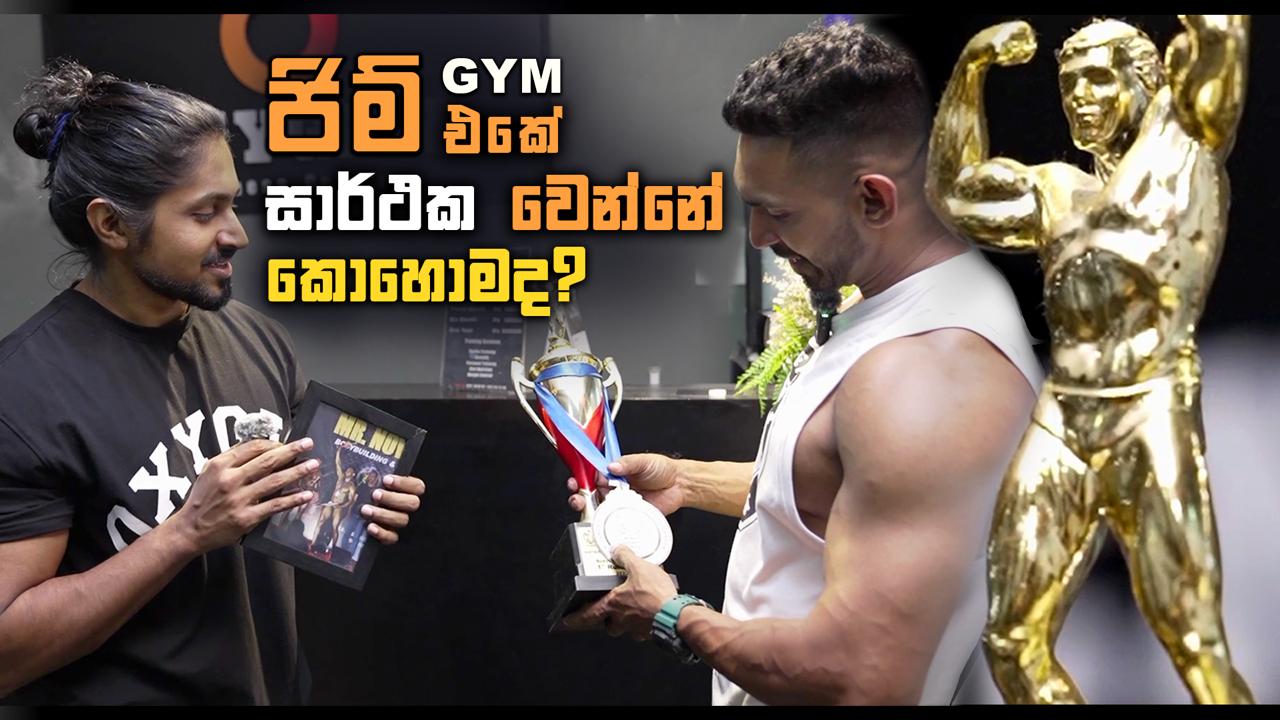Looking to enjoy traditional Sri Lankan meals while maintaining a healthy lifestyle? Most of my online coaching clients want to eat traditional foods unique to Sri Lanka. Not just my clients; I even enjoy eating these foods. As much as we enjoy it, we also can’t be blind to the inherent issues in some traditional meals. They tend to be higher in calories and unhealthy fats. This won’t be much of an issue for the traditional Sri Lankan man, who is very physically active throughout the day. But for the modern sedentary Sri Lankan, these calorie dense meals eaten without some additional modifications to their daily diets can spell disaster in the long term. This is very evident when we take a look at the rise in non-communicable diseases like heart disease and diabetes over the last decade. In this article, I will provide you with advice and a few tips that you can apply to most high calorie meals to adapt them to be more suitable for your health focused lifestyle.
what is the problem with traditional Sri Lankan food?
In Sri Lanka, the most popular traditional meal is rice and curry. Traditionally, it’s a large portion of rice served on a plate with a few servings of vegetable curries, a coconut sambol, often with some lentil curry, and a piece of fish, meat, or egg. The combinations of curries, meats, and fish are nearly limitless and are only limited by the creativity of the person cooking. For people leading a sedentary lifestyle in Sri Lanka, eating a large portion of rice 2-3 times a day is not necessary because they do not simply require as many carbohydrates as those who are more physically active throughout the day. Traditional cooking relies heavily on coconut and its oils, which are high in fats. From my reading and understanding, there is debate around whether the saturated fats in coconut are unhealthy for regular consumption. But even if it wasn’t, the high fat content in coconut would lead people down a path of excess fat gain simply because they would forget to account for the extra 5 kcal in a gram of fat, compared to carbohydrates and protein.
High level guidelines for healthier eating in Sri Lankan
- Maintain a moderate intake of carbohydrates and balance it with good sources of lean protein and healthy fats. Red rice and fresh, small white fish are good examples. Whole wheat bread and canned skipjack tuna are convenient alternatives to rice and fresh fish.
- It is important to include a variety of vegetables and fruits in the diet to obtain essential nutrients. Nutritious options include leafy greens, citrus fruits, and cruciferous vegetables like cauliflower. A guideline I give my disease free clients is to aim to make their meals as colorful as possible. This further guarantees that they get all their micronutrients.
- Supplement where necessary to bridge any gaps in nutrition caused by lifestyle choices. For instance, if you work at night and sleep through the day, consider using a vitamin D supplement, as a lack of sun exposure can cause your vitamin D levels to drop over time.
- Establish a caloric intake and, through trial and error, do your best to understand how your body changes based on calorie changes.
- Minimize or eliminate processed foods from your daily diet.
- When eating out avoid eating fried foods. Specially Sri Lankan street food. It’s common to find those foods loaded with hydrogenated oils. Essentially, it’s loaded with unhealthy fats.
Tips and modifications for a healthier Sri Lankan diet
Use healthier cooking methods
Traditional Sri Lankan cooking methods involve deep frying or cooking in coconut milk, which can be high in calories. Instead, try baking, grilling, or sautéing with a little bit of coconut oil or olive oil. With my clients, I usually provide them with a few teaspoons of oil for cooking. It would depend on their goal, but in general, for people looking to lead a more balanced lifestyle, this amount of cooking oil would suffice.
Choose plant based protein sources more often
Instead of every meal you eat being filled with meat, try vegetarian or vegan options that are rich in plant-based proteins, such as lentils, chickpeas, and tofu. You do not have to entirely eliminate meat from your diet.
Portion control
Sri Lankan meals are usually served in large portions, which can easily lead to overeating. Try to reduce portion sizes and eat slowly to allow your brain to register when you are full. Personally, I find leaving my carbs for later in the day more useful to me because my main concern is getting efficient work done building my online coaching business.
Include more vegetables and fruits
This can provide essential nutrients and help you feel fuller for longer. Try to include a variety of colors in your meals to get a range of nutrients. If you find yourself snacking on sodium filled snacks and biscuits throughout the day, definitely toss them out or, preferably, donate them and then buy some fruits. Certain fruits, like watermelon, papaya, or berries, are lower in calories when compared to others, like bananas and avocados. Personally, I find keeping fruit around the house reduces my craving for junk food as well as minimizes the number of Uber Eats orders per month.
Get 20g of protein per meal
protein is more satiating compared to other macronutrients and more costly for the body to digest. This means you will feel hungry less often, and your body will have to spend a lot more energy trying to break it down compared to other macronutrients. An amount equivalent to 30% of the energy in the protein source you ate. This is an amazing guideline to follow if you are training to build muscle as well.
To learn more about protein, watchi this Youtube video
Make healthier swaps when cooking
The white keeri samba is quite popular in Sri Lanka, but for a sedentary person, red rice or even basmati rice would be a better option, as they both are slower to digest in comparison with keeri samba.
Sample meal plan for a healthy Sri Lankan diet.
Breakfast
Vegetable Omelet with whole grain bread or Roti, Avocado, and Fresh Mango.
Quick meal that doesn’t require a lot of preparation if you go with bread as the carb source. Perfect for busy mornings. On days you want to save some calories, avoid the avocado & mango and replace it with some melon or berries. If you choose roti, you can make it more healthier if you choose oats flour ( ground up rolled oats ) instead of general purpose white flour. Try these recipes.
Oats roti
Ingredients
- 1 cup of oats flour, (120g)
- 1/4 cup of warm water
- Salt to taste
- 1 tablespoon of olive oil (optional)
Steps
- In a mixing bowl, add oats flour and salt to taste.
- Slowly pour in warm water and mix until the dough comes together.
- Knead the dough on a floured surface for a couple of minutes until it’s smooth.
- Divide the dough into 6-8 equal-sized portions and roll each portion into a ball.
- Flatten each ball with a rolling pin to form a circle, around 1/4 inch thick.
- Heat a non-stick pan over medium heat.
- Place the roti on the pan and cook for around 1-2 minutes or until it starts to bubble.
- Flip the roti and cook for another 1-2 minutes.
- Repeat for all the portions.
- Brush the roti with olive oil if desired. Skip it to save calories.
Simple vegetable omelet
Ingredients
- 4 egg whites
- 1/2 small onion, finely chopped 1 small tomato, diced 1/2 cup chopped mixed vegetables (such as zucchini, peppers and mushrooms)
- Salt and pepper to taste
- 1 teaspoon olive oil or cooking spray
Steps
- In a mixing bowl, whisk the egg whites with a pinch of salt and pepper until frothy.
- Heat a non-stick pan over medium-high heat and add the olive oil or cooking spray.
- Once the pan is hot, add the chopped onion and cook for a minute or two until translucent.
- Add the mixed vegetables to the pan and sauté them for a few minutes until they are tender.
- Add the diced tomatoes and cook for an additional minute.
- Pour the egg whites over the vegetables and use a spatula to distribute them evenly.
- Cook the omelet for about 2-3 minutes or until the edges start to firm up.
Lunch
A bowl of red rice with a serving of parippu, a small serving of fish or chicken curry, and a side of stir-fried vegetables.
Use a teaspoon or two of coconut oil to stir fry the vegetables but don’t use oil or milk to make dal and the chicken curry. The key to making it taste good is in the spice combination. I’ll give you two that i know. I am not a chef so i won’t be able to give you a fancy recipe. Use these as examples and build on it. I have noticed that the good cooks often don’t measure the spices, they cook by feel.
spice combination for dhal curry made with water
This is for a 100g of raw lentils
- 1 teaspoon cumin seeds ( i rarely add this )
- 1 teaspoon mustard seeds ( this is a rare one for me, but i’ve seen better cooks use it )
- 1 teaspoon coriander seeds ( started using this after watching mona cook with it.)
- 1/2 teaspoon turmeric powder (mandatory)
- 1/2 teaspoon red chili powder (adjust to your spice preference)
- 1 cinnamon stick (get the ceylon cinnamon)
- 2-3 cloves
- 2-3 cardamom pods
- Salt to taste
spice combination for chicken curry made with water
This is for 250g of raw chicken breast
- 1 teaspoon cumin
- 1 teaspoon coriander
- 1 teaspoon turmeric
- 1/2 teaspoon cinnamon
- 1/2 teaspoon black pepper
- Salt and pepper to taste
With both recipes, feel free to add Garlic, Onion, Green chillies. its add more nutrients as well as add flavor to the dish. I like my tomatoes to. Maybe you might to.
Snack
A handful of mixed nuts or roasted/baked chickpeas with some fruits.
A handful of mixed nuts or roasted/baked chickpeas with some fruits. If you are trying to lose weight, every calorie matters. I would choose the chickpeas over the nuts in those cases, and I would also choose a lower-calorie fruit, such as berries or melon, instead of a high-sugar tropical fruit.
Dinner
Rice, lentil curry with baked fish and vegetable stir-fried
Baked fish, such as mackerel or tuna, marinated in a mixture of lime juice, chili powder, and salt. Stir-fried vegetables, such as cabbage, carrots, and green beans, seasoned with cumin, coriander, and black pepper.
Steamed brown rice or red rice instead of white rice for a more filling meal for less calories as well as more fiber and micronutrients.
Measure out the rice portion to control the amount of carbohydrates and calories. Use a variety of colorful vegetables and experiment with different spice combinations to add flavor without adding extra calories.
Overall, this sample meal plan provides a balanced combination of protein, complex carbohydrates, and fiber, along with a variety of vitamins and minerals from the vegetables and fruit. If you are interested in getting a personalized more comprehensive meal plan, consider joining our Online coaching services. Visit alf.lk for rates, details.
The Exceptions
Not all Traditional meals and dishes are unhealthy for you. Two I personally like are gotukola sambol and Fish Ambul Thiyal
Gotukola sambol
a salad made with fresh gotukola leaves, some grated coconut, onions, and lime juice. Make sure you mistakenly don’t overload the dish with coconut. The sambol doesn’t need a lot of coconut to make it taste good. pairs well with rice and curry.
Fish Ambul Thiyal
Ambul Thiyal is a sour fish curry made with tuna, spices, and tamarind. This dish is low in calories and high in protein, making it a healthy option for those looking to maintain a balanced diet. Pairs well with rice and curry and roti.
Not all Sri Lankan Traditional Food is Rice and curry
Traditional Sri Lankan food is a fusion of spices, herbs, and a variety of flavors derived from different cultures that have left their mark on the island over the centuries. From the influences of India, Indonesia, and Malaysia to the colonial legacies of the portugese, the dutch, and British, Sri Lankan cuisine is a combination of flavors and traditions. Being colonized isn’t fun, but it sure does create an environment for the mixing of culture and food.
One of the most significant influences on Sri Lankan cuisine is from our neighbor India, particularly South Indian cuisine. Many of the dishes in Sri Lankan cuisine, such as curries, samosas, and dosas, are similar to those found in South India. Our cuisine also uses many of the same spices and herbs found in Indian cuisine, such as cumin, coriander, turmeric, and curry leaves. Coincidence? Probably not.
My favorite south indian meal
One of my favorite South indian meals is Masala Dosa. It is a type of pancake made with lentils and rice batter, filled with spiced potato and onion mixture. Dosas are generally lighter and lower in calories than many other Sri Lankan meals, and the filling can be made healthier with the addition of vegetables. This is one of my go to uber eats meals when i’m in the mood for some south indian food. One masala dosa with some sambar, and some homemade chicken breast. I’ll write more on these influences as i learn more about them.
In summary
Traditional Sri Lankan meals are undoubtedly delicious and satisfying, but it’s important to make sure we’re not compromising our health while indulging in them. With a few simple modifications, we can enjoy our favorite Sri Lankan dishes while maintaining a healthy lifestyle. By incorporating more vegetables and fruits, using healthier cooking methods, and choosing lean protein sources we can make significant improvements to our diets. It’s all about finding the right balance between taste and nutrition. So go ahead, try out the sample meal plan, experiment with healthy cooking methods, and enjoy the unique flavors of Sri Lankan cuisine without any guilt! Your taste buds and your body will thank you




